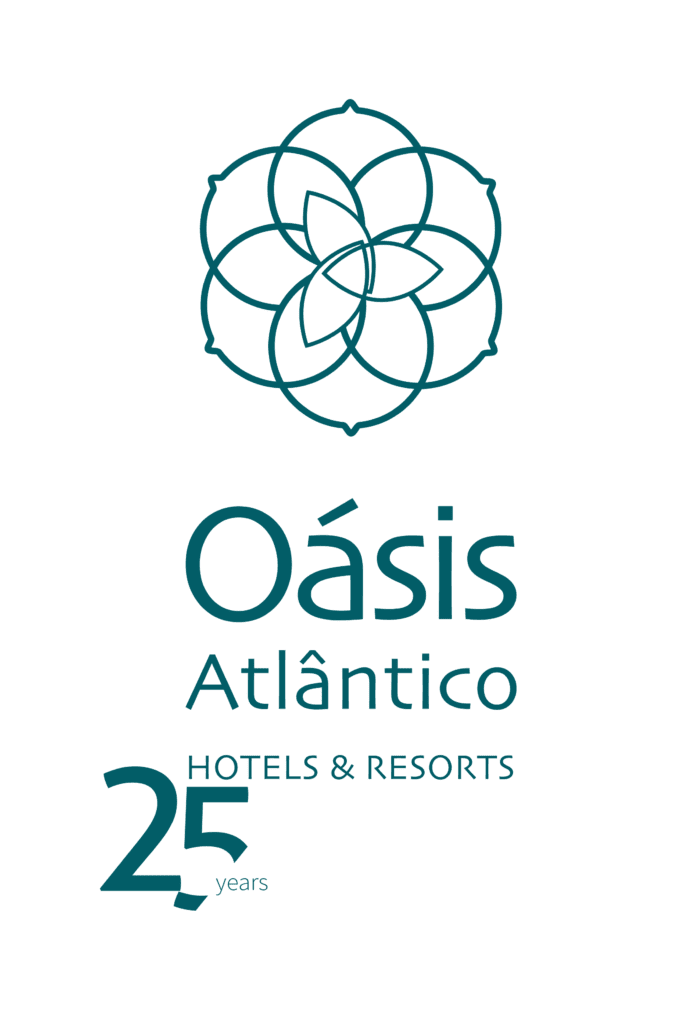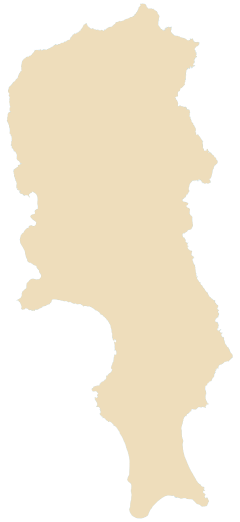Hotels
History
Ribeira Grande de Santiago, currently Cidade Velha, 15km west of Praia, on the coast, was the first capital of Cape Verde and is currently a world heritage site.
The island has Praia International Airport, located just 3 km from the city center, which receives international flights, in addition to domestic flights.
Cultrua
The variant of Cape Verdean Creole spoken in Santiago receives the popular name of badiu, a term also used to designate the native of that island.
Culture
The variant of Cape Verdean Creole spoken in Santiago receives the popular name of badiu, a term also used to designate the native of that island.
Points of interest
About 50km north of Praia is the town of Assomada with its busy market and the Tabanka Museum. To the north of the island, about 75km from the beach, is the city of Tarrafal, with a white sand beach and palm trees. In that same county is the old Campo do Tarrafal created by the Portuguese government of the Estado Novo to house exiled prisoners.
places to visit

Synonymous with rich gastronomy, with the traditional Cachupa, the well-known tuna steak, Xerém or even the typical São Nicolau Modjo.
Praia

Praia is the largest city in Cape Verde. It has a commercial port and also has an important fishing industry.
As the capital city, it is home to the Plateau neighborhood, a promontory by the sea, public buildings, and other important constructions, such as the Presidential Palace, built at the end of the 19th century to be the residence of the Portuguese governor. There is also the Town Hall, a building with a classic façade and a square central tower, the Nossa Senhora da Graça Church, also in the classicist style, the Ethnographic Museum, and the Monument to Diogo Gomes, Portuguese navigator and discoverer of the Island of Santiago in 1460.
Tarrafal

The city of Tarrafal has one of the few white sand beaches on the island, and certainly one of the most paradisiacal in the archipelago, in a bay surrounded by coconut trees.
The Penal Colony of Tarrafal, located in Chão Bom in the municipality of Tarrafal, was created by the Portuguese Government of the Estado Novo. The Tarrafal Concentration Camp, as it became known, began operating on October 29, 1936, with the arrival of the first prisoners. The political enemies of Salazar’s dictatorial regime were held here, with around 40 detainees having died. Campo do Tarrafal closed in 1954, having been reactivated in 1961, under the name of Campo do Chão Bom, to receive prisoners from the Portuguese colonies.
The Resistance Museum is part of the preservation and musealization project of the former Tarrafal Concentration Camp, with the long-term objective of declaring it a World Heritage Site.
Assomada

Assomada, also known as Santa Catarina, is an important commercial hub. The city center reveals a strong presence of Portuguese colonial style buildings, which bear witness to its historical past.
The Assomada market is considered the largest and most popular in Santiago, with a huge variety of agricultural products and sundry items to be bought and sold. The fact that we are in the heart of the largest and most populous island of the archipelago of Cape Verde and in the municipality of Santa Catarina, the “Celeiro de Cabo Verde” is not unrelated to this. In cultural terms, the ‘Centro Cultural Norberto Tavares’ deserves special mention. Installed in the building of the former Finance and Post Office, it is considered historical and cultural heritage due to its architectural layout.
Cidade Velha

Cidade Velha is located in the municipality of Ribeira Grande de Santiago, 15 kilometers west of Praia, on the coast of Cape Verde. On June 10, 2009 it was classified as one of the Seven Wonders of Portuguese Origin in the World. Due to its rich history, manifested by a very interesting architectural heritage, on June 26, 2009, Cidade Velha was considered a World Heritage Site by UNESCO.
Buracona – Natural Pool

Buracona is a small bay located approximately 4 km west of the island’s capital, Espargos.



